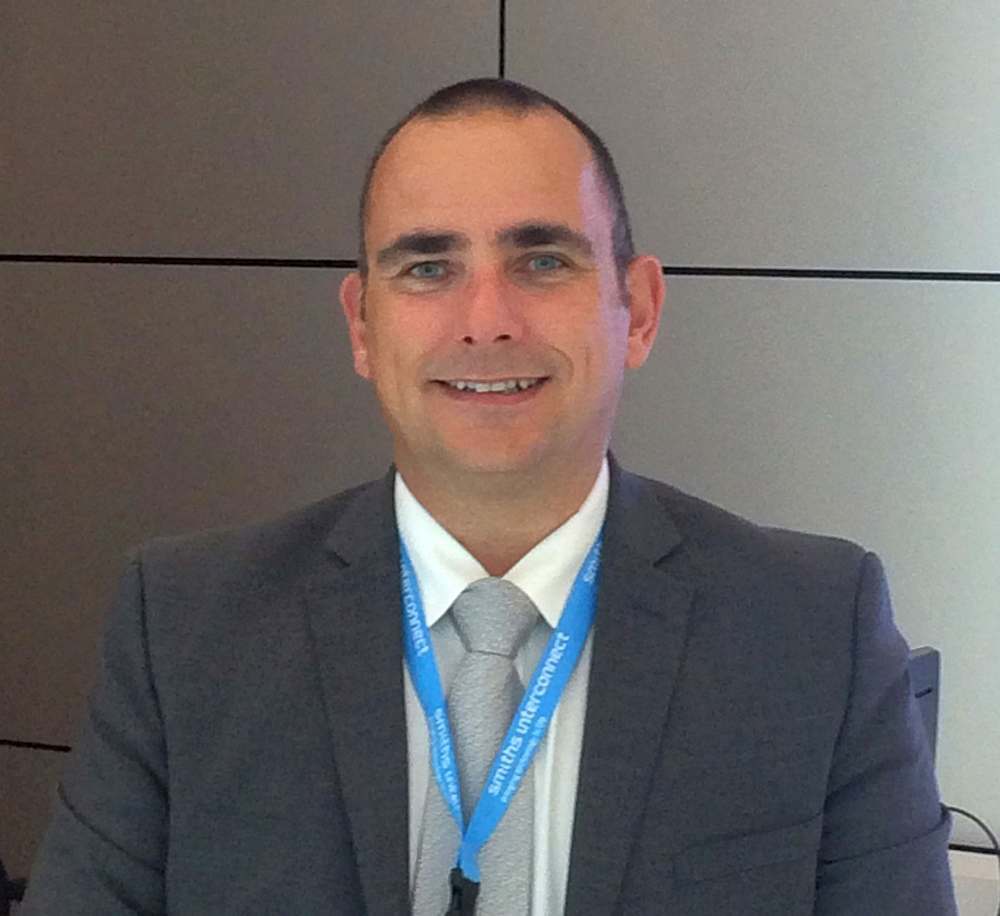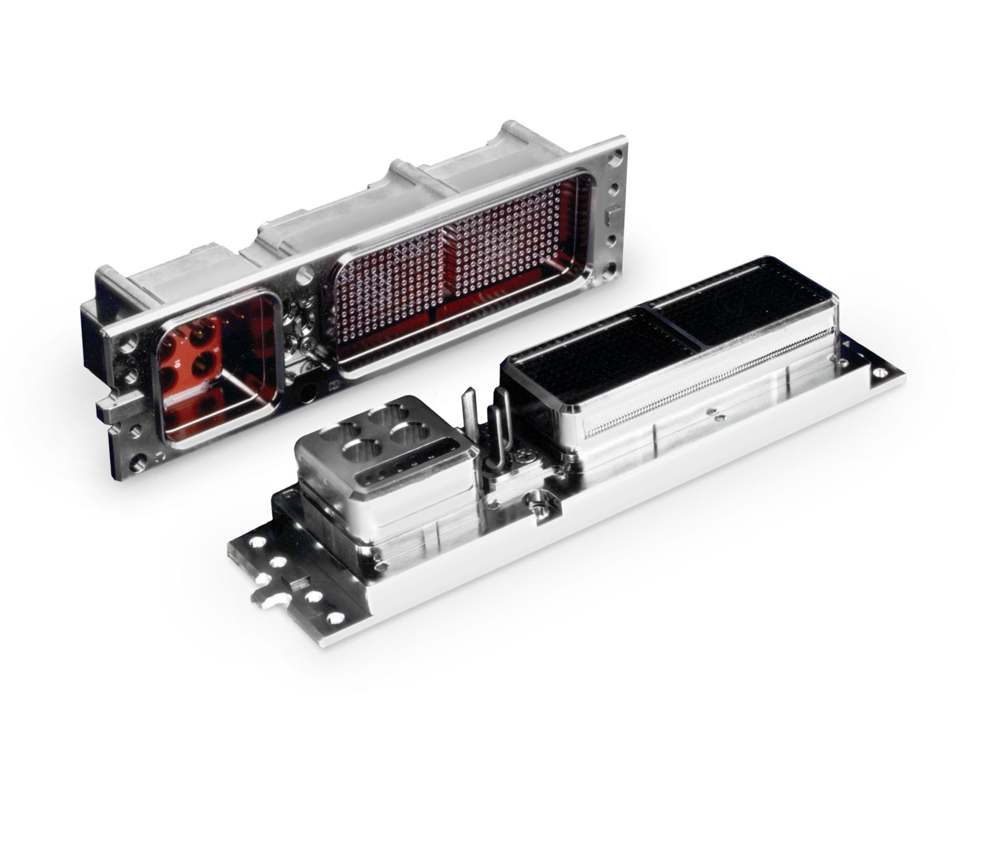United we stand

Mike Richardson plugs into the latest news from interconnect specialist, Smiths Interconnect following on from its recent rebrand and strategic re-organisation and discovers how the whole has become greater than the sum of its parts.
Back in March last year, Aerospace Manufacturing reported on how Smiths Interconnect had amalgamated its technology brands EMC Technology, Hypertac, IDI, Lorch, Millitech, RF Labs, Sabritec, TECOM and TRAK under the single brand umbrella of ‘Smiths Interconnect’. The rebrand decision was made to support the company’s desire for a strategic overhaul and to enable it to focus on creating a more agile structure that can better anticipate and respond to its customers’ evolving needs.
Describing its products as being synonymous with exceptional performance whenever a technologically advanced, high quality solution is required to ensure reliability and safety, Smiths Interconnect is a leading provider of technically differentiated electronic components, subsystems, microwave and radio frequency products that connect, protect and control critical applications in the aerospace and defence markets.
Here, the company provides a broad product offering of solutions that are well-suited to addressing the reliability required for flight-critical systems, as well as environmental concerns such as shock, vibration, and extreme temperature ranges. Furthermore, Smiths Interconnect says it addresses technical issues of EMI/RFI and provides solutions relating to the growing use of composites in these sectors.
Now, with the strategic reorganisation customers can enjoy a single point of supply, for not only application-specific high-reliability connector solutions and rugged cable assemblies, but also integrated microwave and millimetre-wave components, integrated microwave assemblies and systems, high performance ferrites, RF devices and time and frequency systems. High performance ground and airborne antenna systems for SATCOM, radio link, radar, telemetry, and high bandwidth connectivity are also available for the commercial aviation market.
Connected as one
Responding to customer demands to develop solutions that will dramatically reduce the overall weight and complexity of an aerospace interconnect network, Smiths Interconnect is working on highly-flexible and modular high-speed interconnect solutions combining controlled impedance differential signal pairs, power pins, and discrete pins into a single connector housing to offer next generation data on demand, meeting both point to point and backplane connector requirements.
Some years ago, the company acquired IDI, a specialist in spring probe contact technology that offered a route to very concerted miniaturisation. The IDI technology allows Smiths Interconnect to not only miniaturise products, but also greatly reduce its production lead-times and board-to-board heights.
In terms of More Electric Aircraft (MEA) trends and a nod towards lightweight design in future aircraft, it’s being suggested that the majority of changes with electric aircraft will take place as battery technology evolves over the next 10 years. Today, a 90-passenger aircraft requires a 1-ton battery to operate in hybrid mode. Due to the heavy weight of the battery, the fuel-saving benefits are only applicable to very short take-off and landings of less than 300 miles. Over the coming years, batteries will be a third of this weight, which will make the benefit much greater to start the revolution.
This would tend to suggest that because of its size and weight, it is aviation battery technology that lies at the heart of the problem, and not the connectors, cables and harnessing.

Another area where weight can be removed is around the area of printed circuit board (PCB) thickness. At present, tin-based contact solutions achieve their goal by using a very high insertion force. However, after a certain number of contacts, the insertion force becomes so high that aerospace designers may start thinking that their board is too thin for the purpose and that they either need to use a thicker PCB - or introduce a lever mechanism because it has become too difficult to physically make the connection.
“We see a lot of our customers designing systems with hundreds of PCB connections, whereas our hyperboloid technology still meets MIL standards, but the contact insertion force is so much lower,” Valentine explains. “This enables our customers to reduce their printed circuit board thicknesses and not have to over-compensate on traditional contact insertion methods. You’re no longer achieving contact by force, but through a longer contact area.”
Protect and detect
If a predominantly composite-built aircraft is struck by lightning, there needs to be a safe method of conducting the electrostatic charge away. According to Valentine, lightning strike protection is one of the biggest areas of opportunity available to Smiths Interconnect.
“We are involved in a significant programme to protect commercial aircraft from lightning strikes. Using a traditional ARINC connector, we are able to add a repairable, low profile filter network to the rear of the shell and solve this problem. We’ve been working with a major European aircraft OEM on specific contact designs over a carbon fibre panel construction and we own the entire end-to-end part of this process, taking full responsibility for the design.
“Many of the connectors used on the Eurofighter Typhoon fighter aircraft are made by Smiths Interconnect, and many of them are filtered – there hasn’t been one known single failure through an incident of lightning strike. The future of electronic warfare will be more about jamming communications and using EMP directive energy weapons to cause disruption to attack the connector, which is the weakest point of any system.”

“The drive to reorganise our company will make the customer experience of dealing with us a whole lot easier,” concludes marketing communication director, Roberta Rebora. “Externally, it is much easier for the customer to have one point of contact, whereas internally we are more streamlined with our communications.
“It’s an exciting time to be working at Smiths Interconnect. All transformations take time and if you think of the branding, to establish a new brand is never a short journey. We are building on our legacy brand portfolios to create one ‘whole’ that is stronger than the sum of its parts.”












